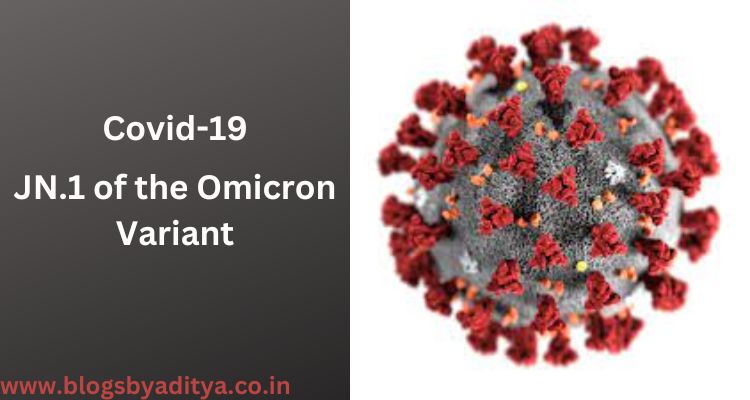
Explore the implications of the WHO-labeled ‘variant of interest,’ JN.1, a subtype of the Omicron variant also called new covid variant. From its rapid spread to unique mutations, discover expert insights, potential risks, and necessary precautions against this emerging threat.
Table of Contents
Introduction
As the World Health Organization (WHO) designates JN.1 a ‘variant of interest,’ the global health community is at the forefront of deciphering its implications. This blog post seeks to unravel the key aspects of JN.1, shedding light on its emergence and potential consequences for public health.
The Rise of New Covid Variant JN.1: A Threatening Growth
JN.1, a formidable subtype of the Omicron variant, has swiftly gained prominence with its alarming rate of spread, prompting the WHO to classify it as a ‘variant of interest.’ The Centers for Disease Control and Prevention (CDC) in the United States identifies JN.1 as the fastest-growing variant in the country. Simultaneously, India grapples with 21 identified cases, raising concerns about the variant’s quick transmission within diverse populations.
Understanding JN.1’s Unique Characteristics
Dr. Rajesh Karyakarte, the genome sequencing coordinator for Maharashtra, sheds light on the growth advantage of JN.1. He emphasizes key factors contributing to its worrisome traits—increased transmission, immune evasion, and a prolonged infectious period. Despite its contagious nature, experts reassure the public that severe disease leading to hospitalization remains low. This offers a glimmer of relief, especially for individuals with prior infections or vaccinations. In the span of a month, between October 30 and November 5, JN.1 surged from comprising 3.3 percent of all coronavirus cases to a staggering 27 percent. This represents an 86 percent growth advantage, as indicated by WHO data. The surge underscores the urgency in understanding and addressing the challenges posed by JN.1.
The Extra Spike Protein Mutation: L455S
Genome researchers Vinod Scaria and Bani Jolly highlight a distinctive aspect of JN.1—the extra spike protein mutation, L455S. This genetic anomaly sets JN.1 apart and contributes to its ability to outpace its parent variant, BA.2.86, in evading immune responses. A recent Lancet study corroborates the significance of the L455S mutation, pointing to its role in enhancing JN.1’s immune evasion capabilities.
Should We Be Concerned?
Infectious Disease expert Dr. Ameet Dravid delves into the ongoing process of virus mutations and resilience. While current cases of JN.1 manifest as mild upper respiratory tract infections, the potential for an increase in cases looms large. Dr. Dravid stresses the importance of vaccination, especially among those who are only partially vaccinated, as a critical measure to mitigate the impact of JN.1. Dr. Dravid further advocates for basic respiratory etiquette and mask-wearing in crowded places. Despite the overall low risk of severe disease, these preventive measures become crucial in curbing the spread of JN.1 and protecting vulnerable populations. The absence of distinct symptoms associated with JN.1 adds complexity to detection, reinforcing the necessity for heightened precautionary measures.
conclusion
the designation of JN.1 as a ‘variant of interest’ underscores the need for a comprehensive understanding of its unique characteristics and potential consequences. As global health experts work tirelessly to monitor and manage this evolving situation, individual adherence to vaccination and public health guidelines remains paramount in mitigating the impact of JN.1 on a global scale. Stay informed, stay vigilant, and prioritize the health and well-being of both yourself and your community in the face of this emerging threat.


